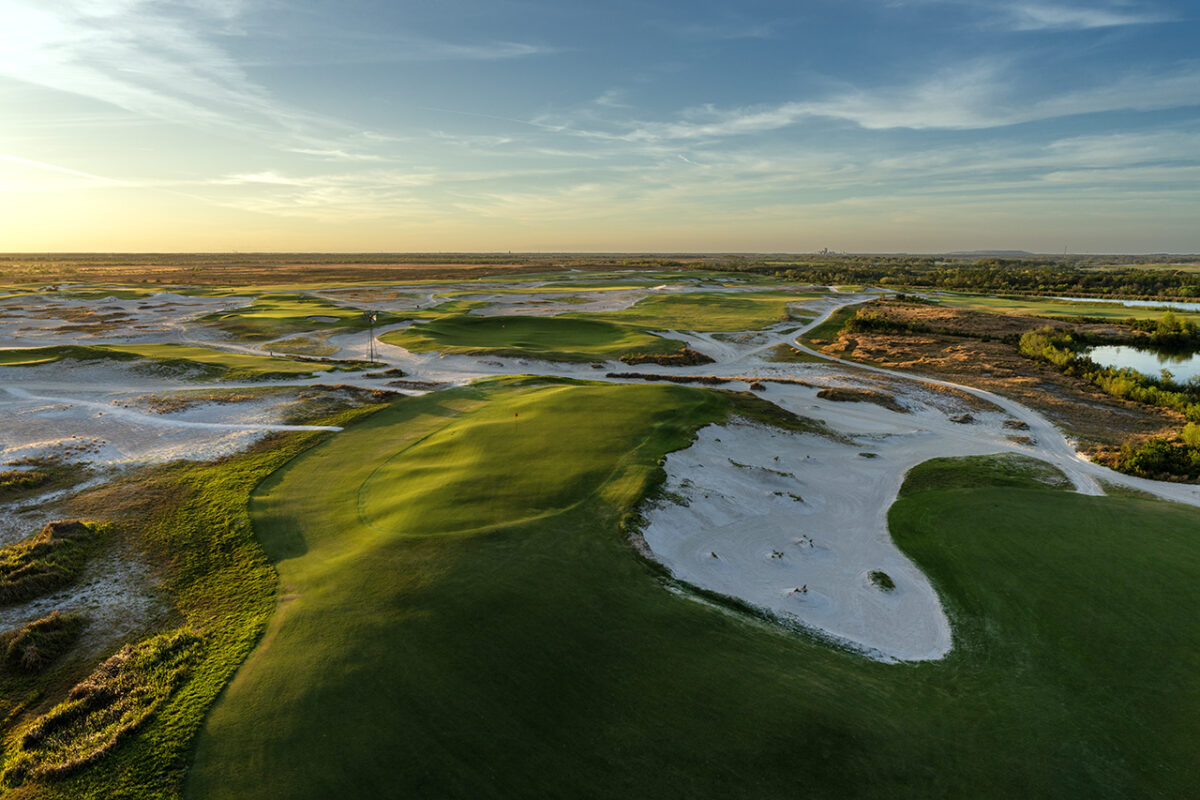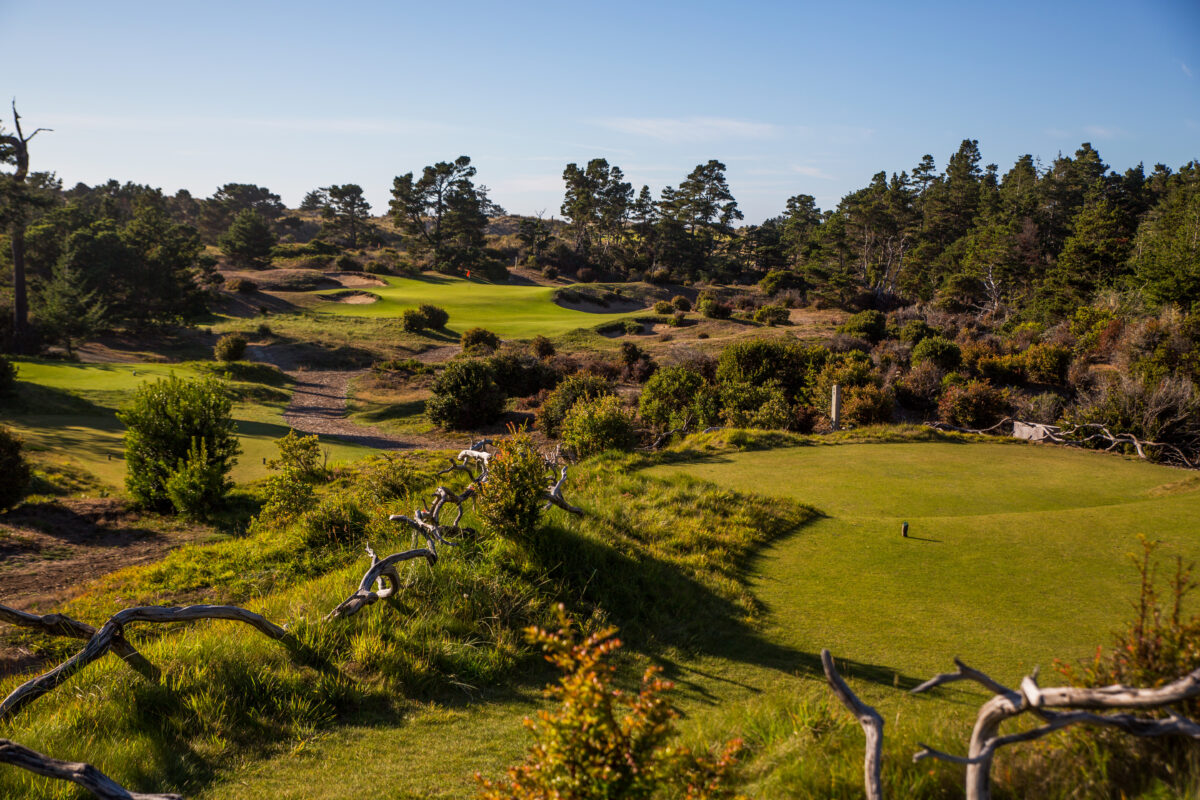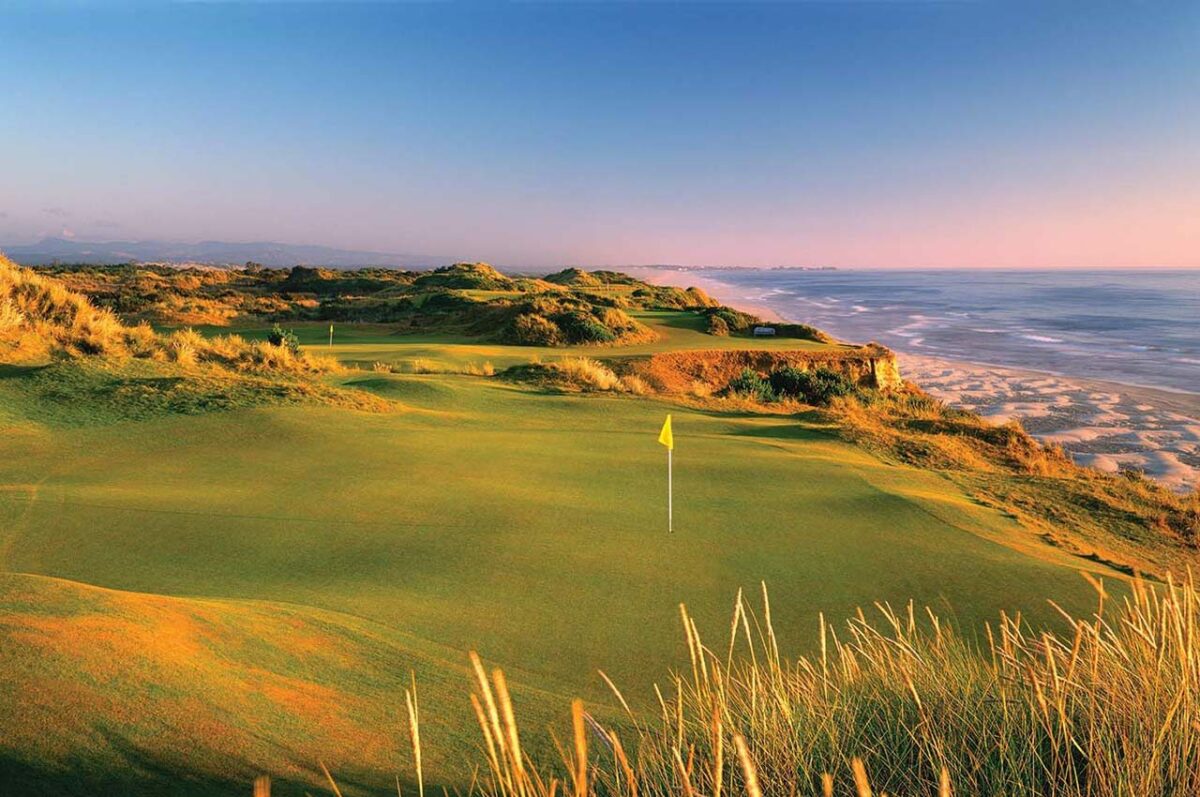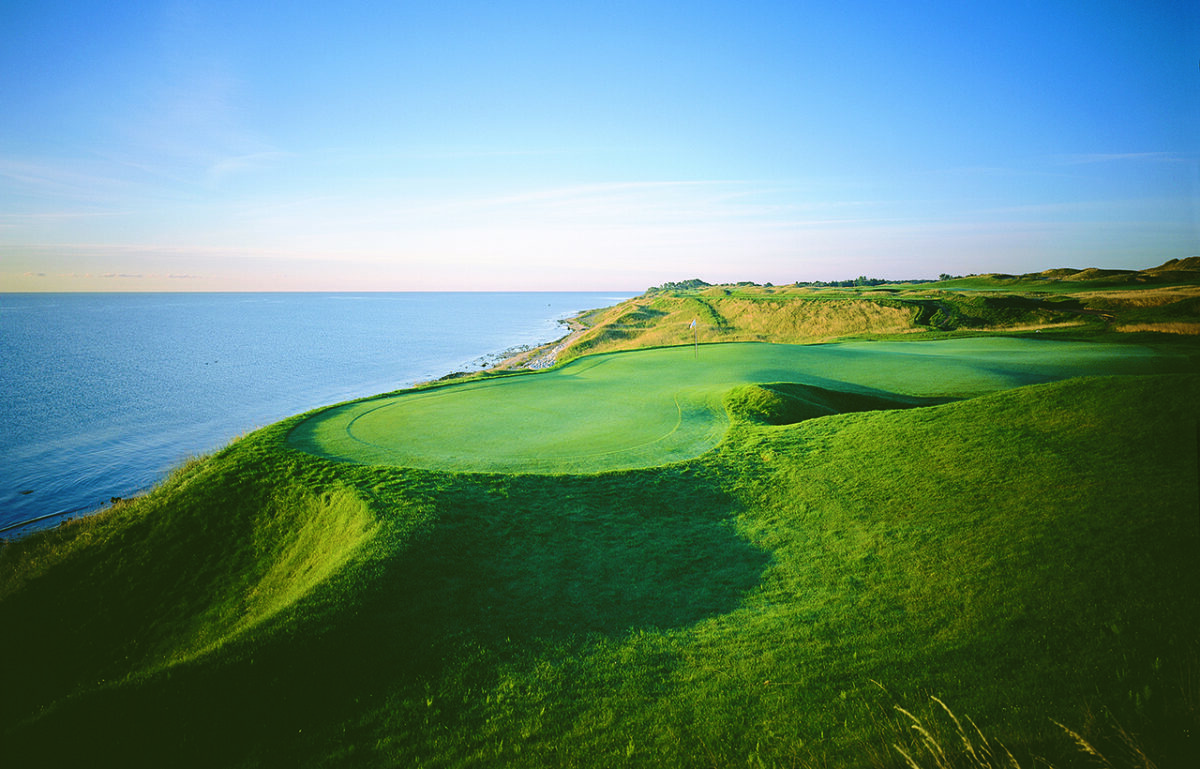Hurricane Milton had different impacts on various golf courses along its path across the Florida Peninsula last Wednesday and Thursday, and some courses have reopened fully while others are waiting for water to drain before welcoming players.
Many people are still suffering mightily after the storm, with more than 400,000 Florida residents still without power. Food and water are in short supply in the worst-hit areas, lines are out of hand at some gas stations and federal agencies are trying to help as thousands of electric crews race to turn back on the lights, refrigerators and air conditioners.
It can seem like a weird time to think about a game, but golf is big business in Florida, and many people’s livelihoods depend on golf as the state begins its recovery. The National Golf Foundation reports there are more than 1,200 courses in Florida that serve nearly 1.6 million players, with an economic impact of $8.2 billion in 2022. More than 132,000 people work in Florida’s golf industry.
The biggest problem for most golf courses wasn’t Milton’s winds so much as its water. Some places in Florida received nearly two feet of rainfall overnight, and several courses are still under water in places. It can take weeks for that much water to recede from a low-lying course. It was especially damaging as Milton struck just two weeks in the wake of Hurricane Helene, which inundated Florida’s western coast with storm surge and dumped huge volumes of rain across the peninsula before hammering into Georgia, South Carolina, North Carolina and Tennessee.

As an example of water damage, this author received a close-up look at storm water Sunday on a round at the daily-fee Forest Lake Golf Club in Ocoee near Orlando. The course had standing water on many holes, deep enough to resemble ponds more than puddling. Course operators had cobbled together a new layout, playing one par 4 and one par 5 as par 3s to avoid saturated areas in fairways while they clean up after the storm and await water to recede. One par 3 across a pond was closed entirely as water had risen to surround the green like a moat and covered two-thirds of the putting surface. Players should expect to find such conditions at many courses across Florida as grounds crews work to restore normal playing conditions.
Hundreds of courses stretch along the path of Hurricane Milton. For a sampling of how those courses are doing after the storm, we checked on the layouts that appear in Golfweek’s Best rankings of public-access courses. These vary from daily-fee operations to huge resorts. Some have reopened with negligible effects from the storm, while others remain closed. At the bottom of this story is an update on several highly ranked private clubs, too.
Streamsong

Home to three highly ranked courses – the Red by Bill Coore and Ben Crenshaw, the Blue by Tom Doak, and the Black by Gil Hanse and Jim Wagner – Streamsong received no major damage in the storm. The resort will reopen Tuesday after having been closed for several days as power was restored. The three courses on a former mining site feature very few trees to have blown down, and they were built atop huge piles of sand that expedited drainage. The Red is ranked by Golfweek’s Best as the No. 2 public-access course in Florida and ties for No. 37 among all modern courses in the U.S. The Blue is No. 3 in Florida and ties for No. 53 among modern courses, and the Black is No. 4 in Florida and ties for No. 67 among modern courses.
Bay Hill Club and Lodge

Longtime home to the PGA Tour’s Arnold Palmer Invitational presented by Mastercard, Bay Hill in Orlando is still closed as it deals with flooding after Hurricane Milton. The club is waiting for water to recede – notably on the around-the-pond par-5 sixth hole and the downhill over-the-pond 17th – before announcing a reopening plan. The facility also suffered tree damage. Bay Hill ranks No. 6 among public-access courses in Florida. Bay Hill hopes to have its 9-hole course, The Challenger, opened in the next several days.
Innisbrook

The home of the Copperhead Course – longtime site of the PGA Tour’s Valspar Championship – is in Palm Harbor, just west of Tampa and closer to the Gulf of Mexico. The resort has posted on its website that limited dining options have reopened. The resort features four golf courses: Copperhead, Island, North and South. Of those four, nine holes reopened Monday. Those nine are a compilation of holes on the North and South courses. The Copperhead – ranked No. 9 among all public-access courses in Florida – has not reopened, and a timeframe is not mentioned on the resort’s website.
Southern Dunes

The Steve Smyers layout southwest of Orlando in Haines City lost a few trees, but the course reopened Saturday with minimal damage. Southern Dunes sits on rolling sand dunes, which helps tremendously with drainage. Southern Dunes ranks No. 14 among all public-access courses in Florida.
PGA Golf Club

PGA Golf Club in Port St. Lucie on Florida’s eastern coast – home to three courses ranked among the top 30 public-access layouts in the state – has reopened two of those courses, Dye (ranked No. 17) and Ryder (No. 30). The resort’s Wannamaker course (ranked No. 18) was closed well before the storm for a renovation, and it is scheduled to reopen in November as planned. A handful of holes on the two open courses are cart-path-only as the facility continues to dry out.
Orange County National

Home to two courses among the top 30 in the state, Panther Lake (No. 23) and Crooked Cat (tied for No. 27), this Winter Garden facility just west of Orlando reopened Friday after the storm. The property’s massive circular driving range was humming with business Saturday, as usual.
Celebration

Ranked No. 29 among public-access courses in Florida, this course southwest of Orlando is still closed after Milton. The club has posted on social media that it hopes to reopen Wednesday, as water continues to drain. Golfers can check the club’s Facebook page for more information and updates.
Grand Cypress
A longtime Central Florida golf icon, Grand Cypress is home to two courses – the Cypress and the Links – at the new Evermore resort southwest of Orlando next to Disney World. The Cypress is open for play now, while the Links is slated to reopen Tuesday as stormwater recedes. Formerly known as the New Course, the renamed Links ties for No. 30 among all public-access courses in Florida.
Private clubs

Calls to several top-rated private courses in especially hard-hit areas, such as Mountain Lake in Lake Wales and The Concession in Bradenton, went unanswered. Belleair, just west of Tampa along the Intracoastal Waterway, lost dozens of trees on its two courses, and its recently restored West Course reopened Monday while its East Course will take a few more days. Nearby, Pelican Golf Club – home to the LPGA’s The Annika Driven by Gainbridge scheduled for Nov. 14-17 – plans to reopen Wednesday.
















